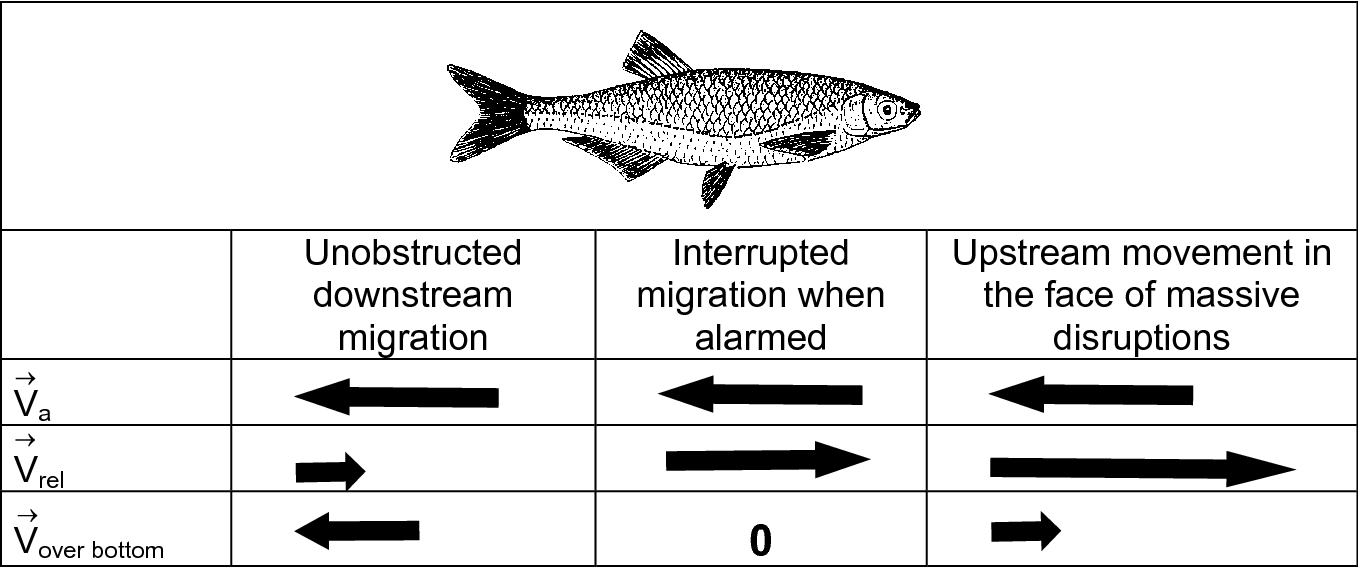The analogy of the river is used to describe how pre existing social cultural financial environmental and historical factors ultimately go on to influence health outcomes in a profound way 1.
Downstream floor more dangerous than upstream.
A spit is a depositional feature caused by the longshore current reducing its speed allowing.
However in the vicinity of the downstream target building s windward wall at around 1 8 d y adjacent to the downstream building the velocity magnitude is not significantly reduced by the presence of an upstream.
Unlike the difference between left and right which has an easy mnemonic device1 there is no easy way to remember which part of a river is upstream.
Population health defined broadly as the distribution of health related risks and outcomes within and across populations has been developing as a subject of scientific inquiry and public health practice for more than two centuries.
The presence of upstream buildings will induce more low speed areas and significantly change the turbulent kinetic energy in the area between it and the downstream target building.
Downstream floods are more dangerous than upstream floods.
Since water levels are rising all over the world today every single coastline is undergoing submergent t f.
In public health there is the concept of upstream and downstream factors.
This confusion has gotten many trouble and can indeed be quite dangerous.
The children s ward at alice springs hospital is busy.
Take the sad tale of the great adventurer willard p.
Companies may also calculate the life cycle emissions associated with manufacturing or constructing leased assets.
The water levels in the oceans are rising today not falling t f.
1 more recent attention has been fueled by the growing understanding of both upstream macro level and downstream micro level social determinants of health.







